When discussing the serious health effects caused by wind turbines, we’ve heard some people say, “Turbines have been around for decades in Europe and people are just fine.” But are they? A German documentary film Infrasound by Birgit Hermes provides further clues as to why so-called “wind turbine syndrome” is now becoming a massive human and animal health problem around the globe.
Insa Bock and Hermann Oldewurtel live in East Frisia near the town of Essence, Germany. They are surrounded by wind turbines just 700 metres from their home. Their health has in more recent years taken a serious dive after living among dozens of turbines for two decades.
If you sleep here for four or five days, you feel like you’ve been out drinking for a whole week. It’s that bad. You get these total mental blackouts. It’s even happened to me on the phone. I couldn’t believe it. But if I’m out and about or if I go away for a few days, I’m as right as rain again.
Hermann Oldewurtel, Infrasound, November 4, 2018, ZDF Planet e
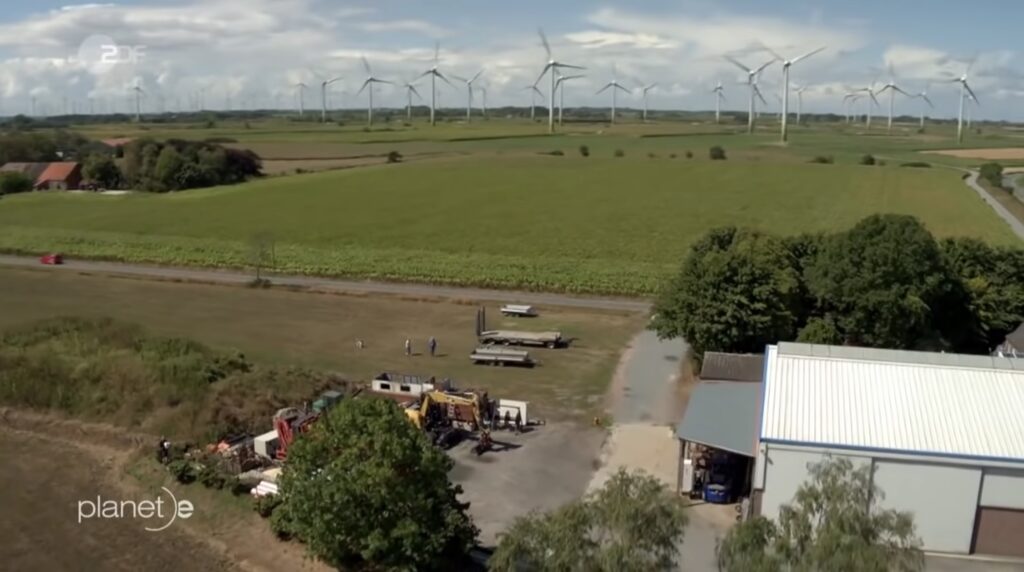
It took them awhile to finally realize their health issues were being caused by wind power. While they have found the audible noise from the turbines annoying, they said it didn’t make them feel ill. Their problems only began to surface after “re-powering” of the turbines started — when smaller wind turbines were replaced with bigger, more efficient models.
It’s worse when I lie in bed at night after five or ten minutes. I feel kind of dizzy, my heart starts to race, and I get this massive ringing in my ears. To some extent, I also feel claustrophobic and stressed.
Insa Bock, Infrasound, November 4, 2018, ZDF Planet e
Researchers who have studied these health issues concur that the larger turbines emerging around the world are creating the most severe problems due to pulsations that come from the inaudible portion of low frequency sound or infrasound that they generate.1 Danish Acousticians Moller & Pedersen, published in a peer reviewed Acoustics Journal,2 found that larger turbines emit more low frequency noise proportionately compared to smaller turbines, based on actual noise measurements rather than models. This was also documented by Professor Mariana Alves-Pereira.
What we have observed is that people who live near the bigger wind turbines develop more quickly and more intense health problems than people who live near smaller wind turbines… there’s no option for this person but to run… people are put into impossible situations — impossible situations.
Professor Mariana Alves-Pereira, “Infrasound and Low Frequency Noise (ILFN)”, YouTube.com
Insa and Hermann escape to a camp site in the evenings, far enough away to get some rest. Even their dog no longer sleeps on the floor in their home but in an elevated closet — a futile attempt it would seem to escape the constant infrasonic pulsations. In Ontario, however, some residents have had to permanently abandon their homes that remain empty to this day…3
Denial of the Science
The wind industry, media, and governmental bodies continue to deny the increasing health problems, sometimes citing a 2012-2015 Health Canada study that has been widely panned by those outside the industry.4 Several scientists lambasted the study as deeply flawed including noise engineer Stephen E. Ambrose, ASA, INCE. He noted that Health Canada excluded several key studies on infrasound, including the crucial work of Australian acoustician Stephen Cooper.5 Moreover, the “CCA (Canadian Council of Academics) did not present evidence that they interviewed adversely affected neighbors. CCA did not recognize significant differences between non–wind turbine urban communities and rural environments where most wind turbines are located.” The study merely conceded that some people experience what it calls “annoyance” — a word that somewhat trivializes detrimental health effects.
But even the World Health Organization has acknowledged that “a large proportion of low frequency components in a noise may increase considerably the adverse effects on health.” In their updated noise guidelines in 2018, they admitted “stronger evidence of the cardiovascular and metabolic effects of environmental noise; inclusion of new noise sources, namely wind turbine noise…”.6
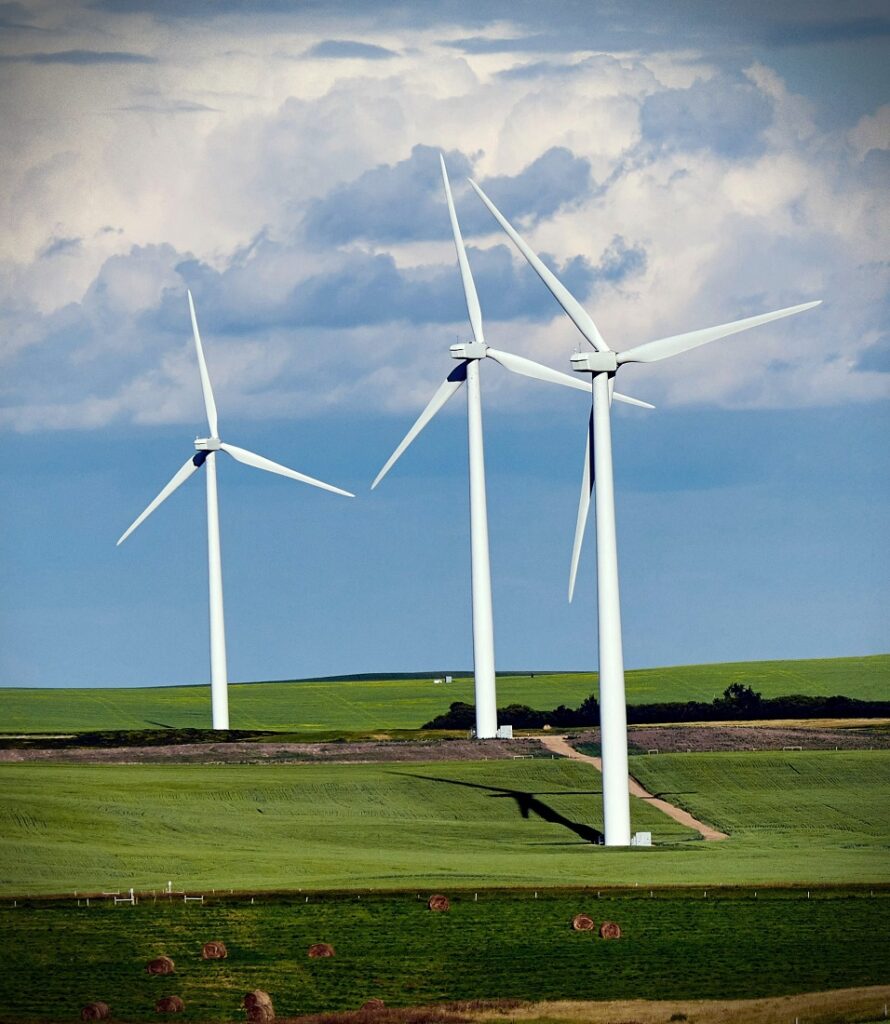
Nonetheless, several studies have claimed there is no evidence to support the reports of adverse health effects. But part of the problem, says Dr. Lars Ceranna of the Federal Institute for Geosciences and Natural Resources (BGR), is that studies often measure and focus on bands of frequencies rather than individual frequencies, which is where the infrasonic damage lies.7
Cooper has completed numerous current studies on the affects of wind turbine “noise” for European Acoustics Association Technical Committee on Noise. He “found residents could identify pulsations from the wind farm even though it could not be heard,” pulsations caused when the wind blades pass by the tower, compressing and shearing large volumes of air creating “blade pass harmonics”.8 The subsequent modulation in individual frequencies contain more “energy” than background noise in the same acoustic range. The impacts on humans have been found to be “centered in the frontal lobes of the brain.”9
The resulting health problems are numerous, as identified by Dr. Nina Pierpont, Ph.D. nearly 15 years ago. These include a racing heart, sleep disturbance, headaches, tinnitus, nausea, nose bleeds, visual blurring, panic attacks, internal quivering, etc. Most notably, when people leave the area or the turbines are shut off, the symptoms go away (cf. Health Returns As Wind Turbines Silenced).
…my work has shown that inaudible pulsating noise can create impacts. As such it would appear that I have provided some validation of a hypothesis provided by Dr. Nina Pierpont in 2009.
Steven Cooper, “Sensing but Not Hearing: The Problem of Wind Turbine Noise (Interview with acoustician Steven Cooper, AU“, February 2, 2018
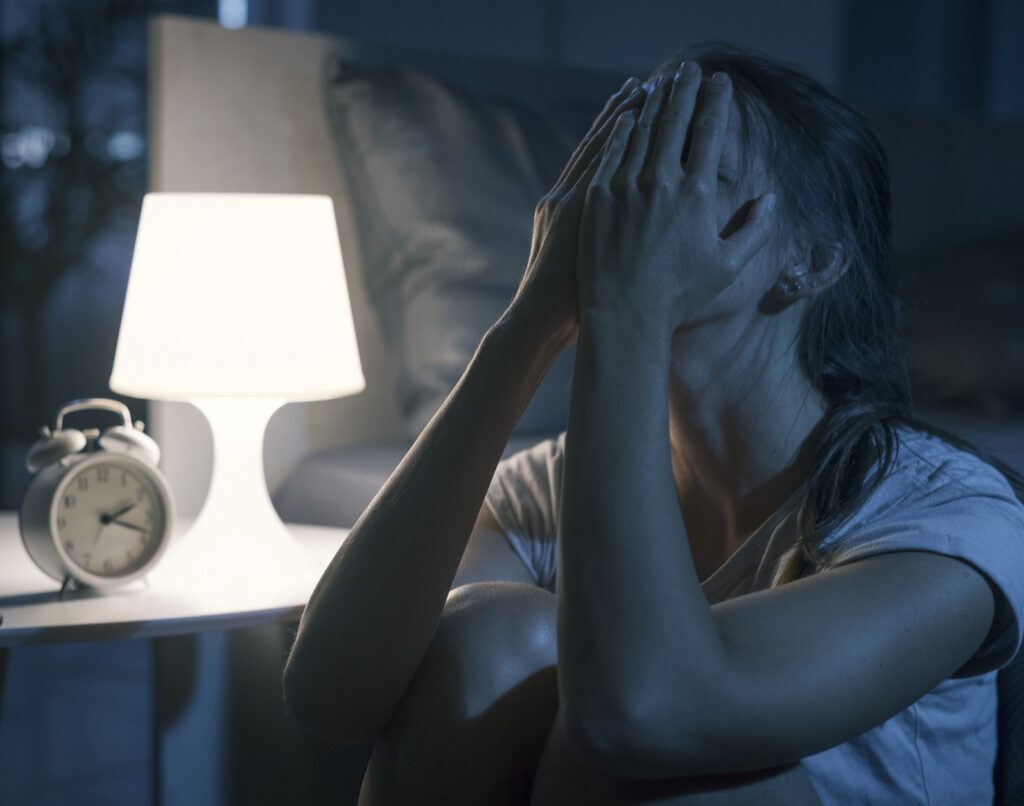
In its final conclusions, Health Canada’s commissioned study determined that “there was inadequate evidence to reach conclusions concerning the absence or presence of a causal link” of health effects to “wind turbine noise.”10
That is no longer the case.
A recent key study in 2021 by Dumbrille et. al. applied the Bradford Hill (BH) criteria that have been widely used to establish causality between an environmental agent and risk of disease or disability. They found a clear relationship between wind turbines and adverse health effects, as described above. The study was cited in a court case in France that acknowledged these adverse effects and the existence of “wind turbine syndrome.” The plaintiffs were awarded for their claim of damages of €128,000.11 Other legal cases are being fought and won as the narrative that wind turbines are benign begins to fall apart.12
This analysis concludes that living or working near IWTs [industrial wind turbines] can result in AHEs [adverse health effects] in both people and animals.
“Wind turbines and adverse health effects: Applying Bradford Hill’s criteria for causation”, Dumbrille et. al., Sept. 2021
Contrary to the Health Canada study that stated “LFN [low frequency noise] is generally considered to be an indoor noise problem,” Dumbrille’s study found startling disturbances in animal reproduction including sterility, birth defects, mutations, erratic behaviors, weight loss, mastitis, and still births.13 In Norway, the Supreme Court there awarded herdsmen 90 million NOK (10 million USD) in 2021 for wind farms that disturbed their livelihoods.
The animals steer clear of the turbines because they are disturbed by their view and noise. On top of that, in the coldest months large chunks of icy snow can be thrown into the distance as the blades turn. It is dangerous for humans and animals alike.
Leif Arne Jåma, “Indigenous Sámi Win Landmark Case against Wind Power Company”, Nov. 4, 2021; earthisland.org
Still, not everyone is affected by the infrasound — or the degrees of adverse impacts can vary from person to person — suggesting further study of this issue is urgent.
Distance Matters
Dr. Ceranna measured infrasonic pulsations emanating from smaller turbines of only 0.2 megawatts. Using a computer model, however, they projected that a newer 5.0 megawatt turbine could possibly generate a detectable infrasonic signal out to 20km.
That calculation is no longer theory. A recent Finnish study reported that real-life adverse health effects on humans only began to drop off after 15km and were detectable up to 20km.14
The pilot study carried out in Satakunta and Northern Ostrobothnia in Finland shows that the damage caused by infrasound from wind power plants will only decrease significantly more than 15 kilometers away from wind turbines… There were about three times more harmful or more serious symptoms near wind turbines (less or about 15 km from wind power plants) than further away.
Pilot study here (Mehtätalo et al. 2019); translation of study here
I personally would not live 20km away from them… We have identified the wind turbine acoustic signature in a home 12km away from the closest wind turbine.
Professor Mariana Alves-Pereira, “Infrasound and Low Frequency Noise (ILFN)”, YouTube.com
Serious Implications for Albertans
The implications of this, combined with real-world testimonies of which there are thousands,15 are serious for Albertans whose communities are now slated for industrial wind factories.
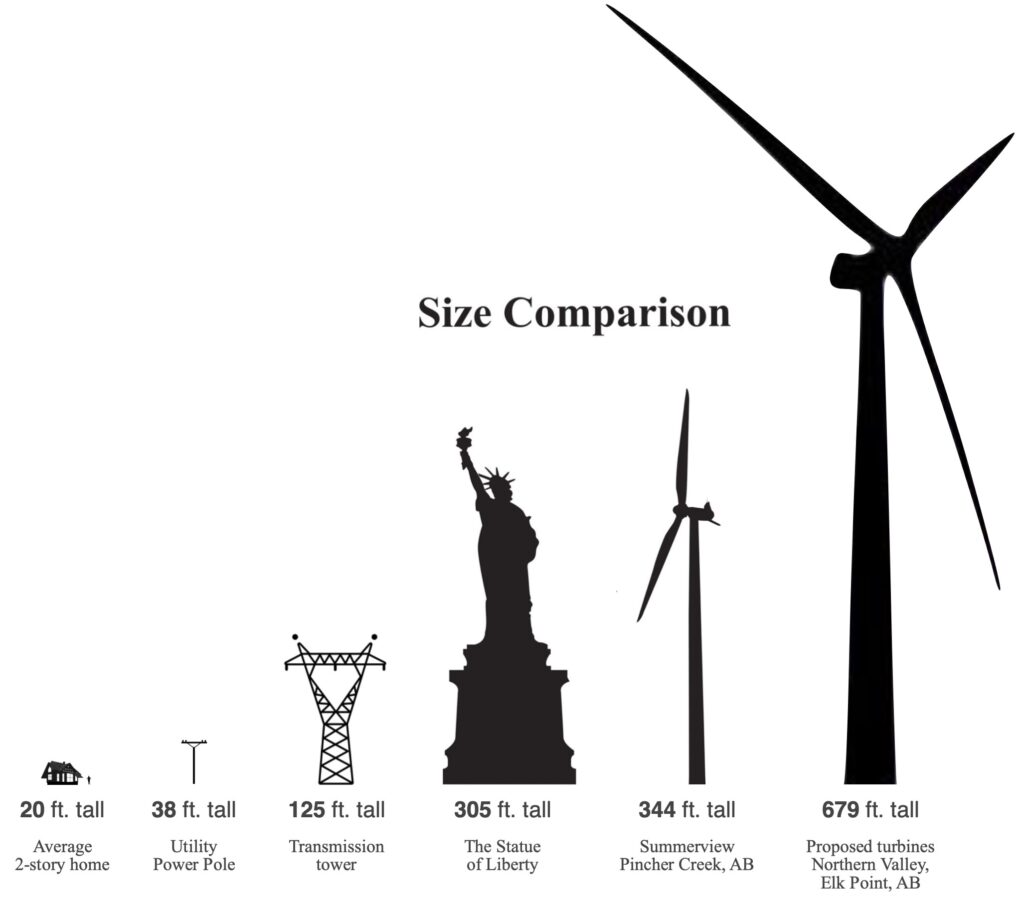
The first concern is that several proposed projects, such as the Northern Valley near Elk Point, the Riplinger Project near Waterton, or the Smoky River project in Peace River country, are planned to have towers that will reach as high as a fifth of a kilometre into the sky — taller than the Calgary tower — with 6.5 megawatt generators, and to be placed within only hundreds of meters of some family homes.
Second is that politicians, under immense pressure from climate change lobbyists and renewable energy developers who are poised to make millions from government subsidies and the sale of carbon credits, continue to ignore the elephant in the living room. Premier Doug Ford of Ontario finally acknowledged the economic disaster of Ontario moving to wind turbines, calling them “terrible,” and actually imposed a moratorium on further development.3 In Alberta, Premier Danielle Smith of Alberta has gone further raising concerns of their harm to prime agricultural land, pristine landscapes, bats, migratory birds, and even property rights.16
But, aside from a handful of municipal leaders scattered throughout the world, no major leader has acknowledged that industrial wind turbines are unquestionably a human and animal health disaster. On October 14, 2014, the Brown County Board of Health declared wind turbines a “Human health hazard”.17 Did no one else get the memo?
It’s time for this experiment to end before another single turbine goes up.
Watch the Documentary Infrasound
- cf. Infrasound: A Growing Liability for Wind Power and Killing Me Softly[↩]
- Moller H, Pedersen CS, Low Frequency Noise from Large Wind Turbines in J. Acous. Soc. of Am. 129 (6) June 2011 pp 3727-3744[↩]
- cf. Ontarians Turbine Nightmare Continues[↩][↩]
- cf. Health Canada Study: “problematic”[↩]
- April 13, 2015, wind-watch.org[↩]
- cf. WHO: Wind Turbines Among Top Environemental Hazards[↩]
- Infrasound, November 4, 2018, ZDF Planet e[↩]
- Dr. Lars Ceranna, Infrasound, November 4, 2018, ZDF Planet e; see also “Sensing but Not Hearing: The Problem of Wind Turbine Noise (Interview with acoustician Steven Cooper, AU“, February 2, 2018[↩]
- “Health Effects of Industrial Wind: The Debate Intensifies (update with Steven Cooper)“July 30, 2020[↩]
- cf. “Understanding the Evidence: Wind Turbine Noise”, 2015[↩]
- November 8, 2021; theconexxion.com; cf. September 7th, 2022; windaction.org[↩]
- cf. Supreme Court Win on Noise Disturbance[↩]
- “Wind turbines and adverse health effects: Applying Bradford Hill’s criteria for causation”, Sept. 2021[↩]
- cf. Turbine Sickness: How Far Away is Safe?[↩]
- A dossier of “thousands of complaints” in Ontario alone were sent to Premier Doug Ford; cf. Ontarians Turbine Nightmare Continues[↩]
- cf. Will the Province Simply Say “No” to Big Wind?[↩]
- cf. wind-watch.org/[↩]
Mark Mallett is a former award-winning reporter with CTV Edmonton and an independent researcher and author. His family homesteaded between Vermilion and Cold Lake, Alberta, and now resides in the Lakeland region. Mark is Editor in Chief of Wind Concerns.

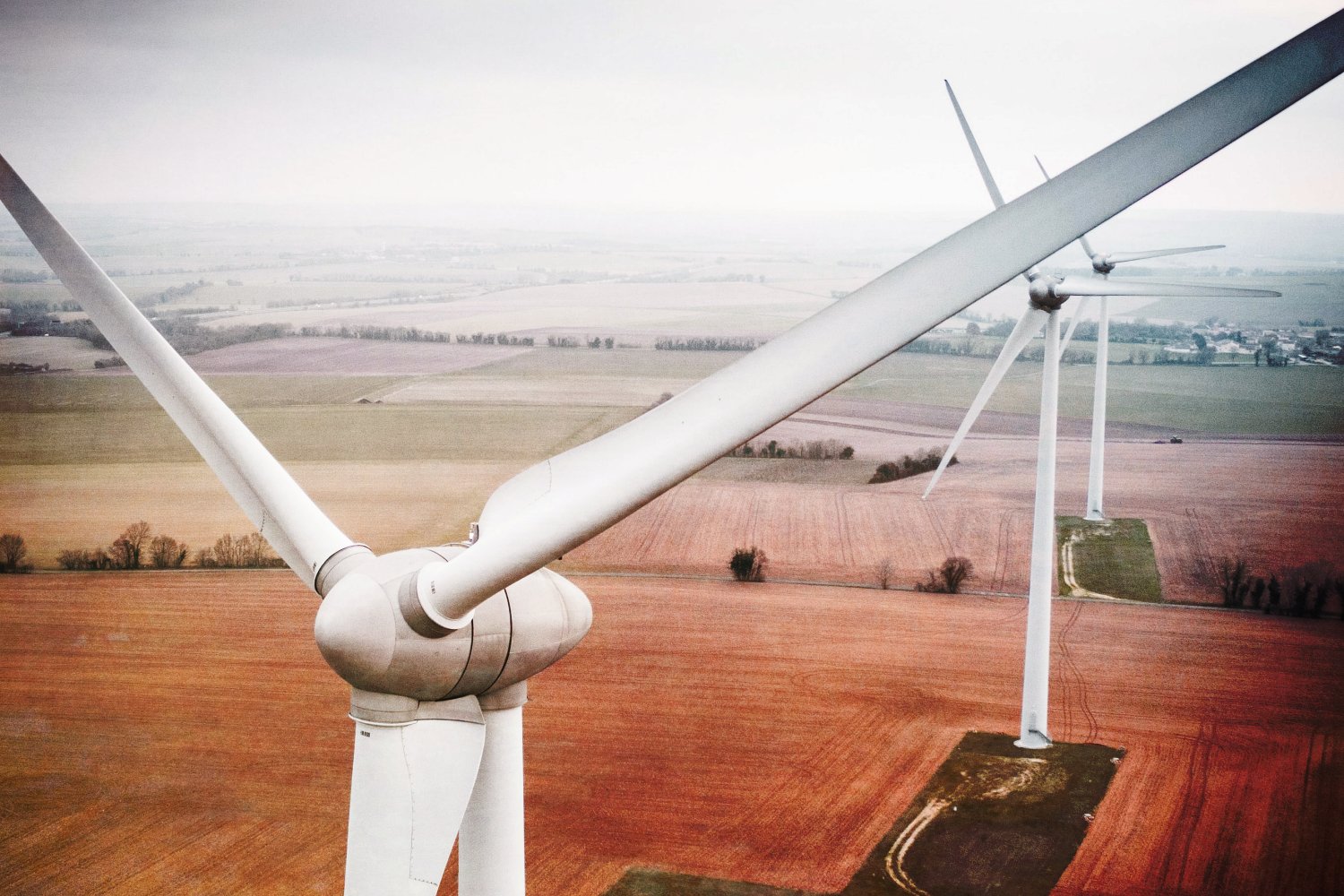

Very recently, Tom Harris at ‘America Out Loud’ interviewed four people who spoke about the health effects of being forced to live near industrial wind turbines.
If readers here aren’t aware of this reality, this would be a great way to learn.
https://www.americaoutloud.news/eyewitness-account-health-effects-of-industrial-wind-turbines/
https://www.americaoutloud.news/the-nightmare-of-industrial-wind-turbines-continues/
https://www.americaoutloud.news/solid-science-supports-the-reality-of-wind-turbine-syndrome/?utm_source=envelope&utm_medium=website&utm_campaign=SocialSnap
https://www.americaoutloud.news/rep-carrie-barths-fight-to-protect-kansans-from-wind-turbine-syndrome